Understanding the STL File: The Backbone of 3D Printing
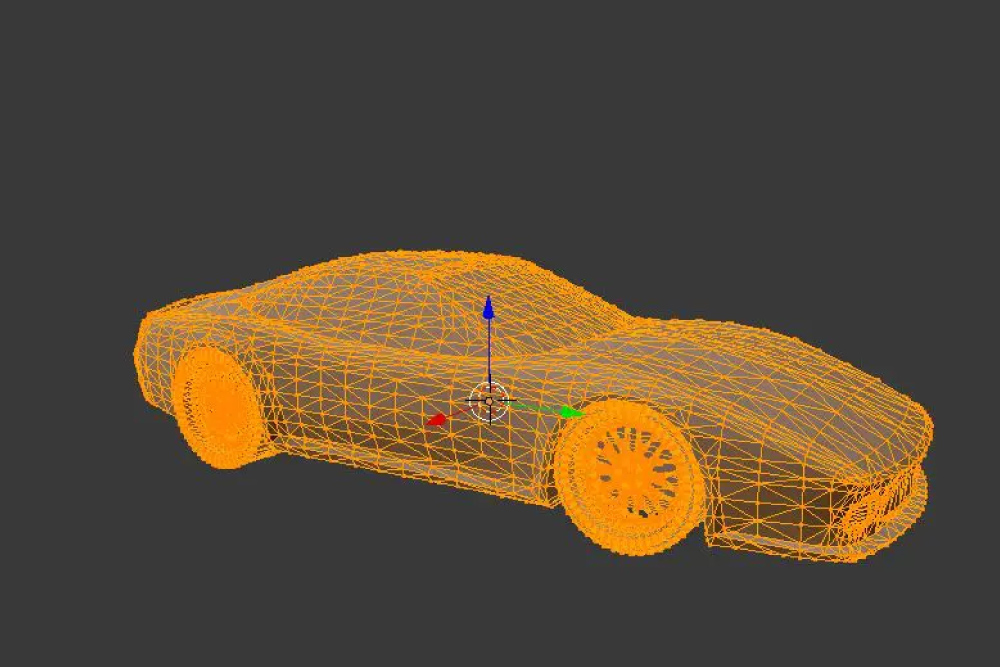
The world of 3D printing is vast and ever-evolving, but one constant that remains at the center of this universe is the STL file. As the primary file type for 3D printing, understanding the STL file and its functionality is fundamental for anyone interested in the domain of three-dimensional fabrication.
What is STL? The STL file has transformed the way designers, engineers, and hobbyists approach 3D modeling and printing. Acting as the bridge between digital concepts and tangible realities, it encapsulates the intricate details and geometries of a design. As we delve deeper into the intricacies of 3D printing, grasping the nuances of the STL file format is akin to holding the master key. It’s not just about understanding a file type; it’s about unlocking the limitless possibilities that modern-day fabrication offers.
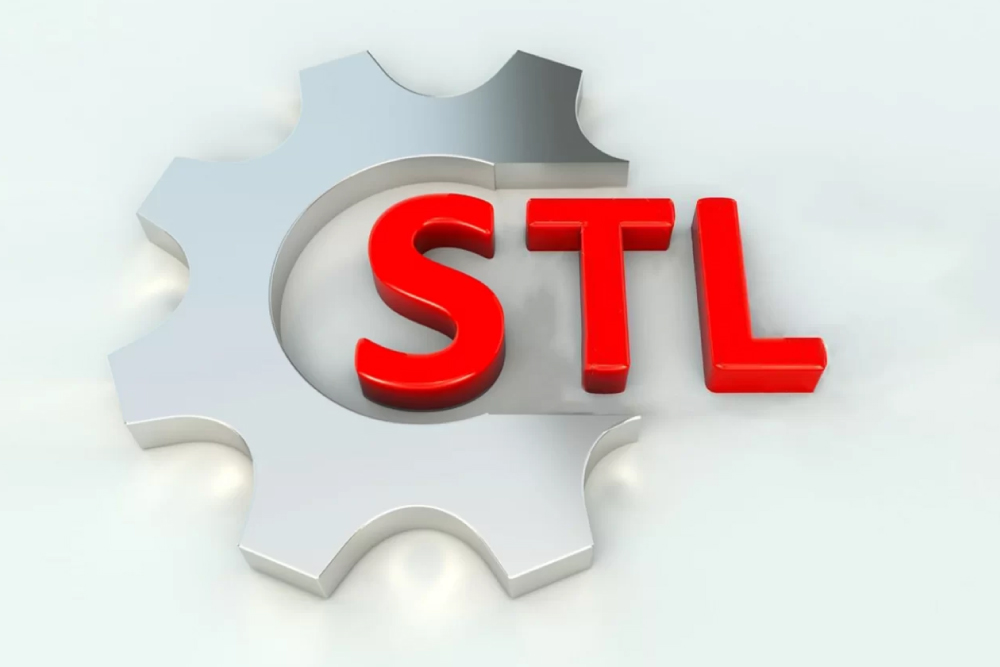
What is an STL File?
At its core, an STL file is a digital representation of a three-dimensional object. The acronym “STL” stands for “stereolithography” or “Standard Tessellation Language.” Introduced by 3D Systems in the 1980s, it quickly became the standard file format for 3D printing and computer-aided design. So, when one asks, “what is an STL?” or “what is a STL?”, they’re essentially inquiring about the backbone of most 3D printing projects.
The journey from a mere concept to a tangible 3D printed object is intricate, but the STL file simplifies this transformation. Often considered the linchpin in 3D printing processes, the STL format functions as a bridge, converting imaginative designs into instructions that a 3D printer can understand and execute.
Whether one is a seasoned professional in computer-aided design or a newbie delving into the wonders of 3D printing for the first time, grasping the essence of the STL file is crucial. It’s akin to understanding the blueprint in construction or the DNA in biology; it defines how the end result will shape up.
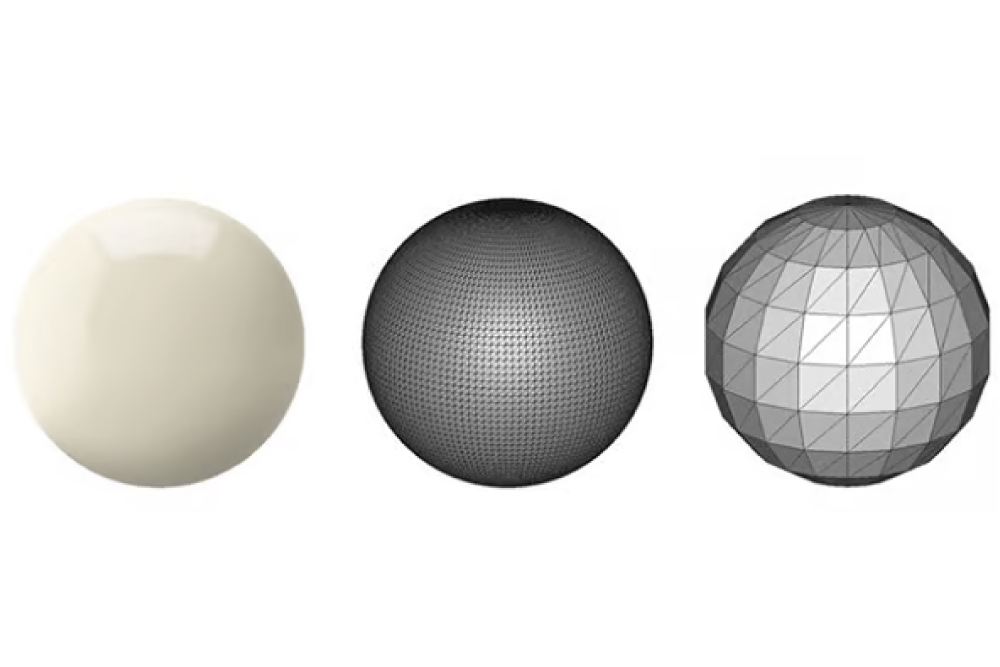
Components of the STL File
The magic behind the 3D STL file lies in its simplicity. It breaks down 3D objects into small triangles, or facets. Think of it as a mesh-like structure that closely approximates the surface of the object. Each triangle in the mesh is represented by its vertices and a normal vector, defining its orientation.
Building on this foundation, the STL file functions as the common language between designers and 3D printers. As 3D design software becomes increasingly complex, capable of detailed and intricate designs, the STL file streamlines these details into a universally interpretable format.
The system of triangles, while seemingly basic, captures the nuances and curves of a design with remarkable accuracy. By converting designs into this triangular mesh, the STL file ensures that no matter how intricate or ambitious a concept may be, it remains accessible and ready for real-world manifestation through 3D printing.
Now, there are two variations of STL files – ASCII and binary. While the ASCII format allows for easy readability since it’s text-based, the binary version is more compact and takes up less storage space.
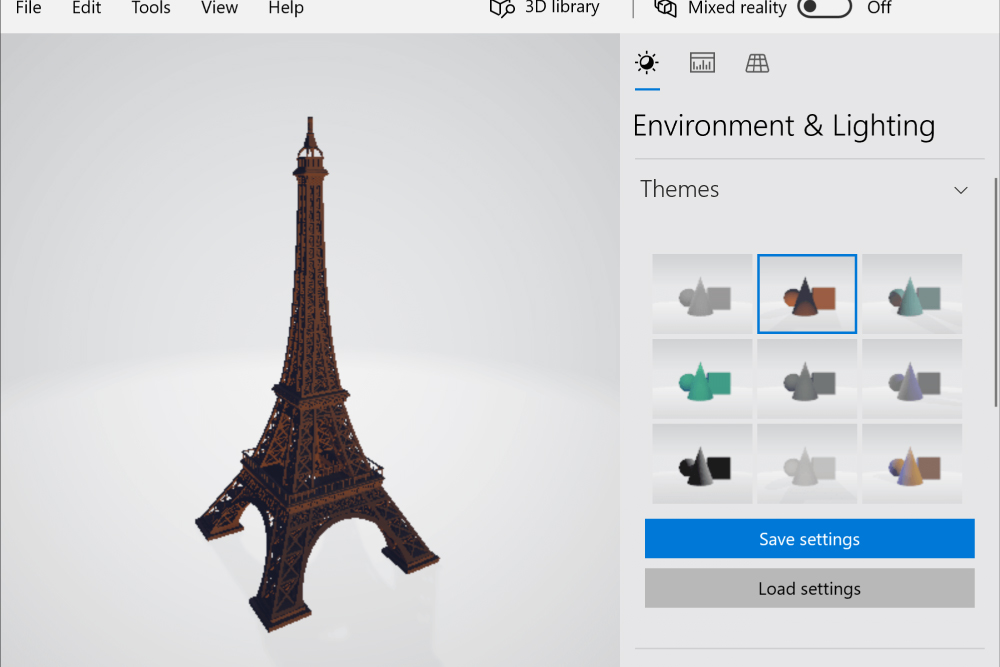
Why STL Files are Essential for 3D Printing
The STL file’s significance in 3D printing cannot be overstated. But what makes it so indispensable?
Universality: The STL file format is accepted by almost all 3D printers and slicing software. Its wide-ranging acceptance ensures that users can move between different hardware and software with relative ease.
Simplicity: The triangulated representation of 3D models ensures that the design’s integrity remains intact, and the printer can easily interpret it. This simplicity expedites the transition from design to print, minimizing errors in the process.
Modifiability: If there’s a need for modification or tweaking of the design, numerous software solutions on the market allow for the manipulation of STL files.
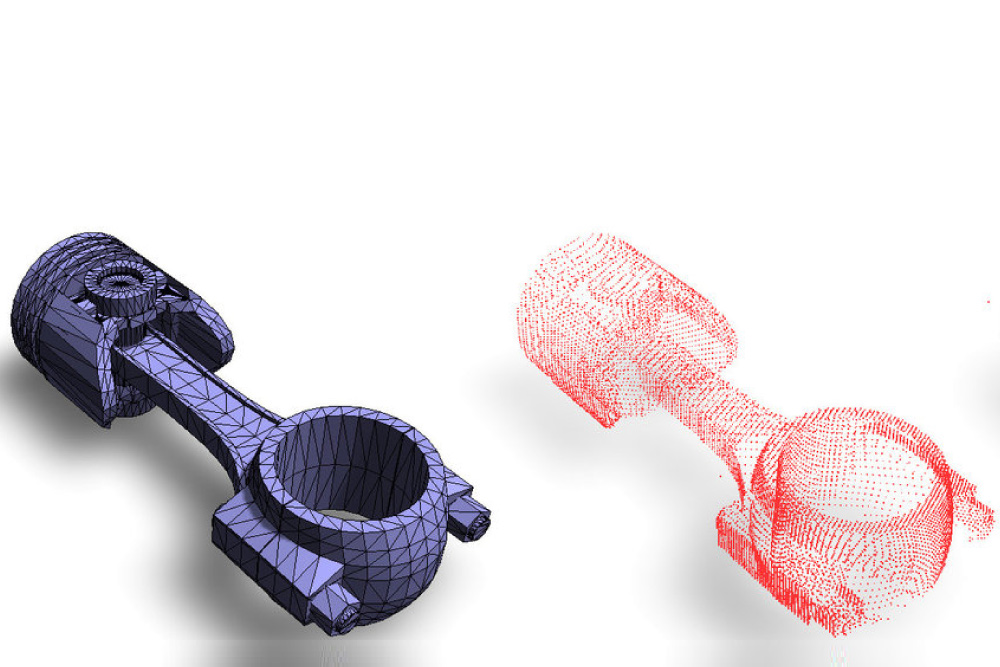
Limitations of STL Files
While the STL file format is a stalwart in the 3D printing universe, it’s not without its drawbacks:
Lack of Color Information: STL files don’t store color, texture, or material data. If a design requires specific colors or materials, additional file formats or tools might be necessary.
Accuracy: Since the file format represents objects using triangles, there might be some discrepancies when converting smooth or complex curves. The accuracy largely depends on the density of triangles used.
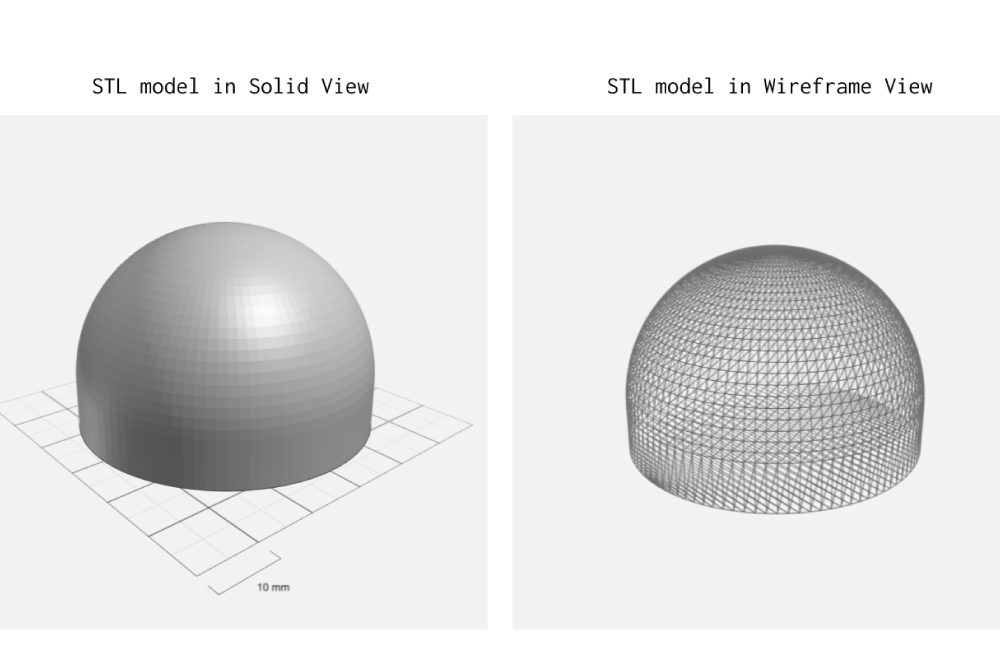
STL in Today’s World
The domain of 3D printing has seen a rapid expansion in the past decade. Innovations in technology have spurred a plethora of new file formats, each promising better features and precision. Yet, the question “what’s STL?” remains ever-pertinent. This is a testament to the lasting impact and continued relevance of the STL file format.
From hobbyists looking to create a unique piece of art to professionals manufacturing prototypes, the STL file serves as a bridge between the digital design and the tangible product. While other file formats might come and go, the foundation laid by STL ensures its lasting legacy in the world of 3D printing.
Conclusion
In essence, the STL file is more than just a digital representation. It’s the link that has enabled countless innovators, designers, and enthusiasts to breathe life into their ideas, propelling the world of 3D printing forward. As technology progresses, the file format might undergo changes and adaptations. Still, its foundational role in bringing concepts to reality remains an undeniable truth.








